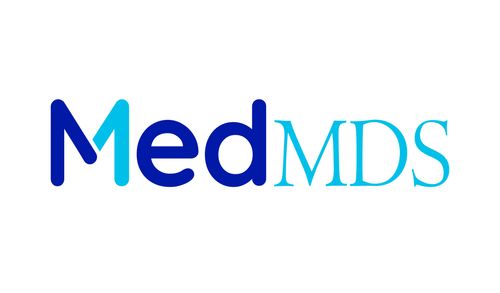Not only are parks and lakes healthy for your soul, but recent studies also suggest that they may shield your arteries.
Researchers discovered that middle-aged urban inhabitants who live close to green spaces and “blue” water areas have a decreased risk of developing hardened arteries.
According to research published on June 27 in the journal Circulation, the odds of experiencing coronary artery calcification decrease by 15% on average for every 10% increase in access to green space.
According to researcher Dr. Lifang Hou, a professor of preventive medicine at Northwestern University Feinberg School of Medicine in Chicago, “Our findings provide quantitative evidence supporting environmental policies to enhance the accessibility and quality of residential blue and green spaces.”
Arterial calcification is the result of calcium deposits on the arterial walls. Heart attacks and strokes can result from artery blockage caused by the combination of these plaques and blood clots.
Nearly 3,000 men and women from four cities were followed for 25 years, from 1985 to 2010, as part of the study. The participants were from Oakland, California; Chicago; Minneapolis; and Birmingham, Alabama.
The study team compared people’s access to parks, bodies of water, and other natural areas with the results of CT scans of calcium deposits in their arteries performed at age 50. The individuals’ long-term residence addresses were used to calculate that access.
Researchers discovered that exposure to open water and green spaces was especially beneficial for Black persons who lived in low-income neighborhoods.
When it came to coronary artery calcification, black participants who were most accessible to a river had 32% fewer odds than those who were least accessible.
Similarly, Black individuals who had higher access to green areas had a 35% lower risk of artery hardening.
According to a Northwestern news release, Hou stated that these findings demonstrate how municipal investments in parks, lakes, and other natural areas “may promote public health benefit and address racial and neighborhood-related health disparities.”
According to Hou, there are numerous reasons why natural areas could enhance blood vessel health.
Hou said, “There may be more opportunities for physical activity, social interactions, stress relief, and restoration if there are more green and blue spaces. These activities have all been linked to improved metabolic and cardiovascular health.”




